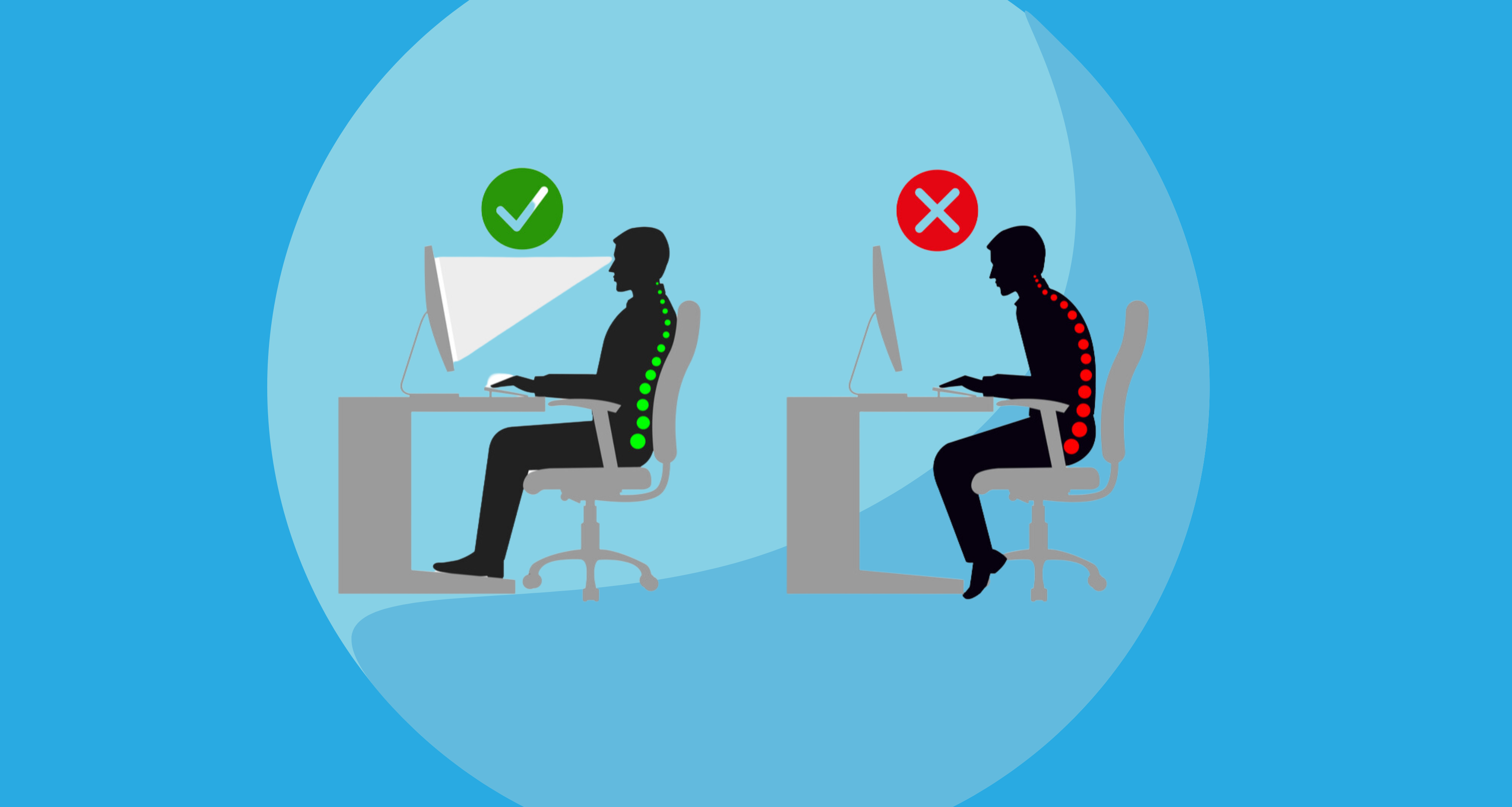
The Occupational Safety and Health Administration (OSHA) provides standards for safe work environments. These standards are meant to protect employees against workplace hazards. One such standard that affects all industries is the OSHA ergonomics standard.
Ergonomics refers to fitting a specific job to a particular worker. This is done by designing workstations and tools to reduce musculoskeletal disorders (MSDs). While no specific regulations regarding an OSHA ergonomics standard exist, ergonomic injuries are cited under the General Duty Clause of OSHA.
Learn tips to protect workers from ergonomic injuries and for providing OSHA ergonomics training to employees.
What Are MSDs and What Causes Ergonomic Injuries?
Before diving into how to prevent ergonomic injuries, it is important to understand what they are and what causes them. Ergonomic injuries are those that result in musculoskeletal disorders (MSDs). MSDs can affect muscles, ligaments, tendons, nerves, and blood vessels.
By definition, it seems like MSDs would occur only in specific industries. However, most industries, as well as most occupations, can be at risk of ergonomic injuries.
What causes ergonomic injuries? Activities such as bending, working in awkward body postures, and lifting heavy items can cause MSDs.
When organizations properly prepare employee work environments and train employees on preventing MSDs in relation to their job function, they can drastically reduce the risks of ergonomic injuries.
Common MSD Risk Factors for Healthcare Workers
- Patient or resident handling (Nursing and Residential Care Facilities)
- Exerting excessive force
- Excessive repetition of movements
- Awkward postures or unsupported positions
- Static postures, or positions that a worker must hold for long periods
- Motion, such as increased speed or acceleration when bending and twisting
- Compression, from grasping sharp edges like tool handles
- Inadequate recovery time due to overtime, lack of breaks, or failure to vary tasks
Tips to Protect Workers from Ergonomic Injuries
To protect workers from MSDs, creating a work environment that minimizes the risk of injury to employees is crucial. By applying ergonomic principles, you significantly reduce the number of MSDs in the workplace and the costs associated with them.
Use the tips below to develop your ergonomic strategy:
- Define Clear Goals and Objectives. Management should define clear goals and objectives for the ergonomic process, discuss them with their staff, and assign responsibilities.
- Involve Workers in Ergonomic Approach. Employees should be involved in your worksite assessment and solution development processes. Employee involvement is vital to the successful implementation of your ergonomic approach.
- Identify Problems. An essential step in the ergonomic process is to identify and assess ergonomic problems in the workplace before they result in MSDs.
- Implement Solutions to Control Hazards. Depending on the hazard, your solution will differ. Your solution should reduce, control, or eliminate workplace MSDs where possible.
- Train Employees. Employees should be trained on MSD risks, signs of MSDs, and reporting injuries.
- Evaluate Progress. Periodically assessing your ergonomic process’ effectiveness ensures long-term success through continuous improvement. Management should create an evaluation process to determine the success of your ergonomic approach, and corrective action procedures to address issues identified through evaluation.
- Encourage Early Reporting of MSD Symptoms. Early reporting accelerates the assessment and improvement process, helping to prevent or reduce symptoms, the development of serious injuries, and lost-time claims.
For more information, refer to the Identifying and Addressing Ergonomic Hazards Workbook and the OSHA Ergonomic FAQs.
Providing OSHA Ergonomics Training to Employees
While OSHA guidelines don’t have specific requirements for ergonomic training for employees, they provide guidance on how to get the most out of your training.
OSHA recommends that employers train workers on:
- Common MSDs and their signs and symptoms
- The importance of reporting MSDs, and signs and symptoms, as soon as possible
- How to report MSDs in the workplace
- Risk factors and work activities associated with MSDs hazards
OSHA Ergonomic Enforcement
While there is no OSHA ergonomics standard, OSHA enforces ergonomic hazards under the General Duty Clause. The General Duty Clause states that employers must keep their workplaces free from recognized serious hazards, including ergonomic hazards.
OSHA assesses MSD-related issues in complaints, referrals, and targeted inspections under this Clause. Where inspections find ergonomic hazards, OSHA issues General Duty Clause citations or hazard alert letters.
OSHA will conduct follow-up inspections or investigations within 12 months of issuing an ergonomic hazard alert letter.
OSHA Healthcare Compliance
To be OSHA compliant, there are several other OSHA standards that healthcare organizations may need to meet. Depending on your specific organization and specialty, these requirements can vary.
This is because OSHA compliance addresses workplace hazards and safety. Say, for instance, you’re a small healthcare practice, you would likely be required to meet the OSHA Bloodborne Pathogen Standard but might not have to comply with the OSHA Ionizing Radiation Standard.
Having an OSHA program that is tailored to your specific business is essential to reducing workplace hazards and injuries.










